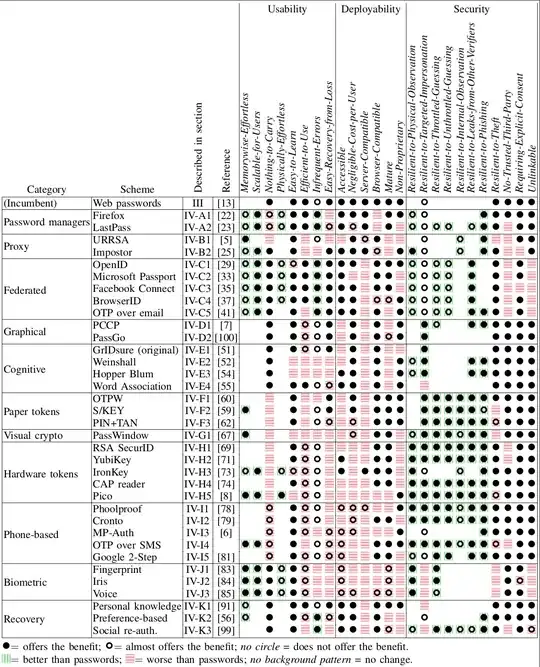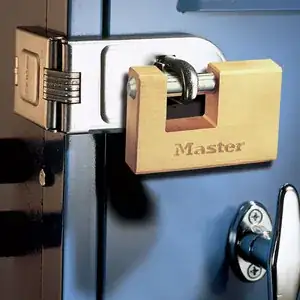I've got an 8U 19-inch server rack cabinet with two locks - one on the front panel, one on the rear panel. The locks are small cam locks, but the cam part is rather thin and flimsy-looking.

I could easily break them open in a couple of seconds with a crowbar. Even worse, I can use a pair of pliers and a screwdriver to open them, by twisting the centre pin and pushing the inner plate down.
How can I add extra physical security to the rack, without buying a new one? I'm primarily worried about someone stealing my hardware, especially the drives. It's in my house, so I can't do much in the way of physical protection on the room. My primary threat would be a burglar with lock picking experience, or a crowbar.
A few specs on the rack:
- 8U standard 19" rack
- Side panels are 1.6mm steel
- Top and bottom panels are 2mm steel
- Bottom panel has mounting holes for brackets which allow me to bolt the unit into the floor, to prevent theft of the entire rack.
- Rear panel is 1.6mm steel with a few holes at the bottom for cabling, and angled slats for airflow. Locked with a cam lock.
- Front panel is toughened glass, with 1.6mm steel frame. The glass looks like it's actually two panes with a wire grid inside it. Locked with a cam lock.
- With the front panel locked, they can't get the servers out. Major problem here is that if a burglar smashes the glass, they can reach in and rotate the cam, unlocking the front panel.
I have power tools available, so I can drill holes in the rack for attachments if necessary.
Any ideas?
